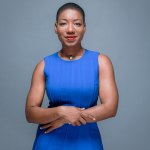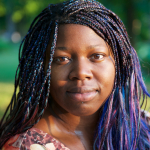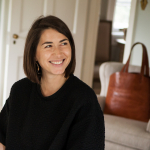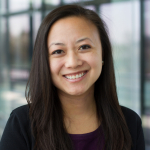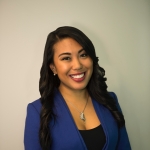
Ms. Aileen Alon
Elevating the Arts through Non-Arts Spaces
Posted by May 09, 2019

Ms. Aileen Alon
I am an artist by training, art historian by education, (former/on-hiatus) arts administrator by chance, creative placemaker by practice, and lifelong supporter of the arts by choice. And while most of my career has been in the arts, I’ve never been employed by an arts organization. Most of my life has also involved the arts. Aside from a failed attempt to be a ballerina when I was five, my childhood was defined by art classes and encouraging teachers. Despite having continuous opportunities to pursue artistic and creative interests, I never thought my hometown of Columbia, South Carolina, was a place to experience a diverse or growing arts and culture sector. I wanted to see more people in the arts who looked like me or had a story similar to mine. I also wanted to see the arts outside of purely arts spaces, to be less confined, and to be more accessible to the greater public. However, I had no idea what my career path in the arts would look like, only that I did not want to be a professional artist, nor work in a traditional museum or gallery after college.
Read More
